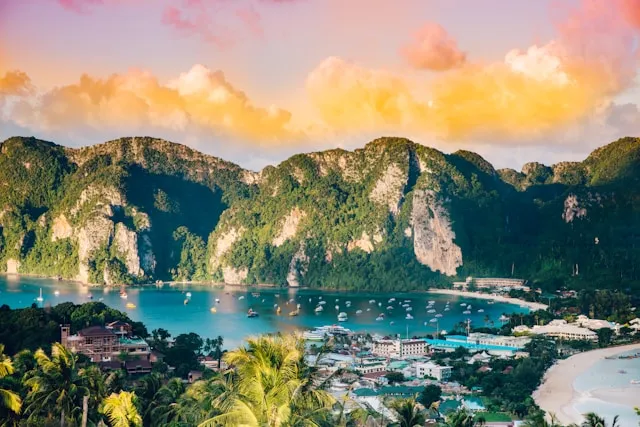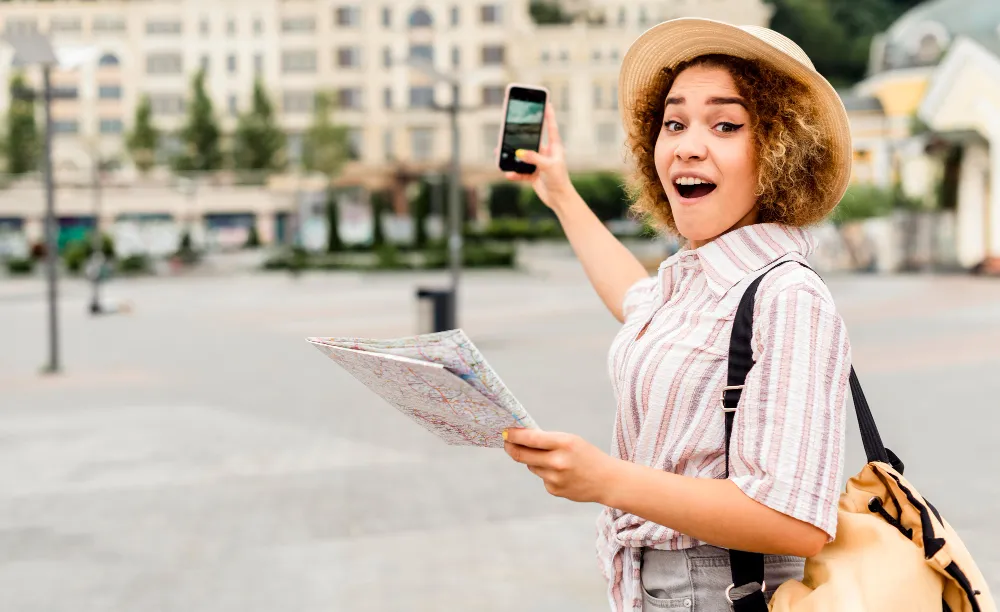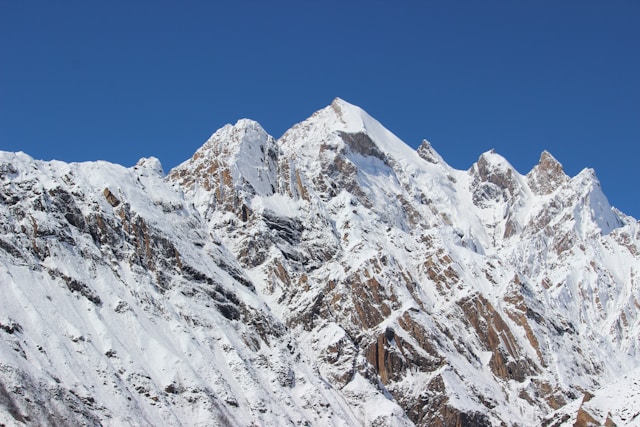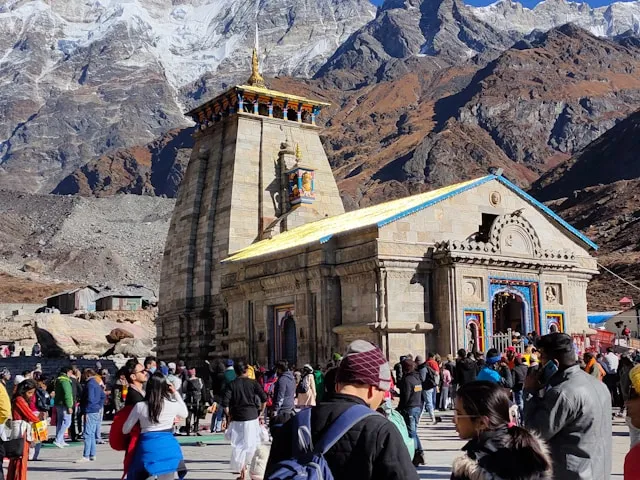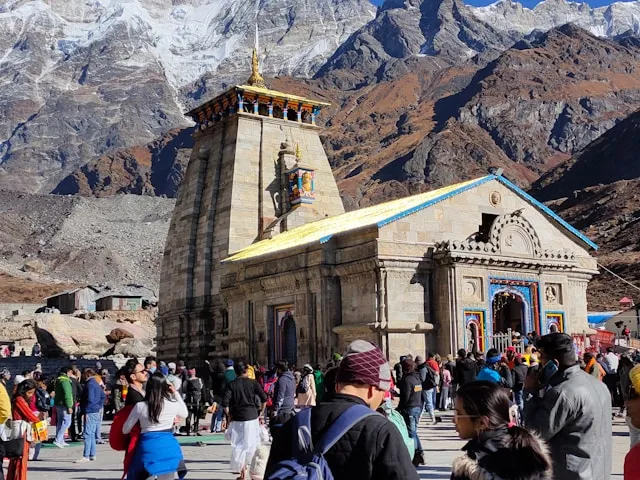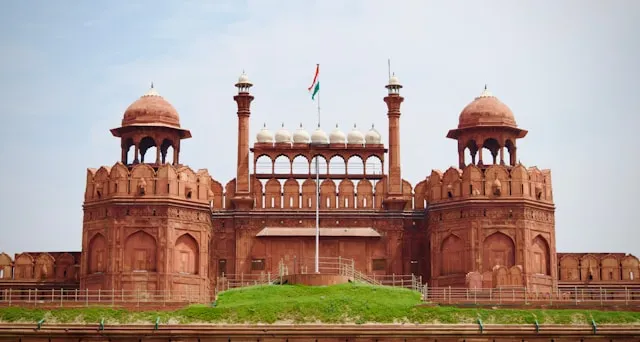Australia Travel Guide
Australia
About Australia Travel Guide
Destination Overview in Australia
Australia, the land Down Under, is renowned for its stunning natural landscapes, unique wildlife, and vibrant multicultural cities. Stretching from tropical rainforests to arid deserts and pristine beaches, Australia offers diverse experiences for every traveler. Cities like Sydney, Melbourne, Brisbane, and Perth blend modern urban living with rich cultural heritage and outdoor adventure. Famous for the Great Barrier Reef, Outback, and iconic landmarks such as the Sydney Opera House and Uluru, Australia captivates millions of visitors each year.
Top Attractions & Places to Visit in Australia
Natural Wonders:
Great Barrier Reef
Uluru (Ayers Rock)
Blue Mountains
Daintree Rainforest
Twelve Apostles
Cities & Landmarks:
Sydney Opera House and Harbour Bridge
Melbourne’s Federation Square and laneways
Brisbane River and South Bank
Perth’s Kings Park and beaches
Wildlife & Nature Parks:
Kangaroo Island
Tasmania’s wilderness
Australia Zoo (home of Steve Irwin)
Cultural & Historical Sites:
Aboriginal heritage sites
Australian War Memorial, Canberra
National Gallery of Victoria
Best Time to Visit Australia
Australia’s seasons are opposite to the Northern Hemisphere:
Summer (December to February): Hot and humid in the north, ideal for southern beaches.
Autumn (March to May): Mild weather and fewer tourists.
Winter (June to August): Cool and dry, perfect for visiting the northern regions.
Spring (September to November): Pleasant temperatures and blooming landscapes.
How to Reach Australia
Air:
Major international airports include Sydney (SYD), Melbourne (MEL), Brisbane (BNE), and Perth (PER), connecting Australia globally.
Domestic Travel:
Extensive domestic flights connect major cities and remote areas.
Road:
Well-maintained highways and scenic drives like the Great Ocean Road provide excellent road travel options.
Accessibility for Differently-Abled Travelers in Australia
Australia is well-equipped for accessibility with ramps, wheelchair-friendly public transport, accessible tourist sites, and accommodations designed to meet diverse needs.
Things to Do & Experiences in Australia
Snorkel or dive in the Great Barrier Reef.
Explore the Outback and Aboriginal culture around Uluru.
Enjoy surfing on Bondi Beach, Sydney.
Take a wildlife tour in Kangaroo Island.
Visit vibrant arts festivals in Melbourne.
Cruise Sydney Harbour and watch the sunset.
Accommodation Options in Australia
Australia offers accommodations ranging from luxury hotels and beachfront resorts to eco-lodges and budget hostels. Popular areas include Sydney CBD, Melbourne city center, Gold Coast, and Cairns for reef access.
Local Cuisine & Dining in Australia
Australia’s cuisine is a fusion of indigenous flavors and multicultural influences:
Fresh seafood including barramundi and prawns
Barbecue and meat pies
Asian fusion dishes in metropolitan areas
Café culture with world-class coffee
Unique bush tucker ingredients in specialty restaurants
Travel Tips & Safety in Australia
Use sunscreen and stay hydrated, especially outdoors.
Observe local wildlife safety rules.
Drive on the left side of the road.
Emergency contacts: 000 (police, fire, ambulance).
Respect Indigenous lands and culture.
Weather Details & Packing Suggestions in Australia
Pack light, breathable clothing for summer.
Layered clothing for cooler southern winters.
Include swimwear and sun protection year-round.
Comfortable walking shoes for urban and nature exploration.
Currency Exchange & Banking Facilities in Australia
Australian Dollar (AUD) is the currency. ATMs and currency exchange centers are widely available in cities and tourist areas. Major credit cards are accepted throughout the country.
Connectivity & SIM Card Info in Australia
Local SIM cards from providers like Telstra, Optus, and Vodafone offer good coverage. SIM cards can be purchased at airports and retail stores with ID verification. WiFi is common in hotels, cafes, and public spaces.
Itinerary Suggestions in Australia
7-Days:
Sydney, Blue Mountains, and Great Barrier Reef highlights.
14-Days:
Add Melbourne, Great Ocean Road, and Kangaroo Island.
21-Days:
Explore Tasmania, Outback adventures, and Northern Queensland rainforests.
Nearby Destinations to Explore from Australia
New Zealand – 3-4 hours by air
Fiji – 4-5 hours by air
Papua New Guinea – 3-4 hours by air
Indonesia (Bali) – 6 hours by air
Shopping & Souvenirs in Australia
Popular items include Aboriginal art and crafts, opal jewelry, wool products, local wines, and bush foods like honey and spices. Shopping hubs are Sydney’s Queen Victoria Building, Melbourne’s Bourke Street Mall, and local markets.
Cultural & Historical Background of Australia
Australia’s history is a blend of ancient Aboriginal cultures spanning over 65,000 years and British colonial heritage. The country is known for its indigenous art, music, and stories, alongside modern multicultural society and democratic values.
Best Transport Options in Australia
Urban public transport includes trains, buses, and ferries. For longer distances, domestic flights and car rentals are popular. Cycling is common in cities with dedicated bike lanes.
Nearest Railway Stations or Airports in Australia
Major airports like Sydney (SYD), Melbourne (MEL), Brisbane (BNE), and Perth (PER) are key entry points. Cities have well-connected train and bus stations.
FAQs About Australia
Is Australia safe for solo travelers?
Yes, with usual travel precautions.
What is the best time to visit Australia?
Spring and autumn offer mild weather and fewer crowds.
Do I need a visa to visit Australia?
Most travelers require a visa or Electronic Travel Authority (ETA).
Which languages are spoken?
English is the primary language.
Is the food safe for tourists?
Yes, food safety standards are high.
How can I get around?
Public transport in cities, domestic flights, and car rentals are common.
Are ATMs and currency exchange facilities available?
Yes, widely available across the country.
What clothing should I pack?
Light clothing for warm weather, layers for cooler regions.
Can I use my mobile phone?
Yes, local SIM cards are affordable and provide good coverage.
Are there restrictions on photography?
Photography is generally allowed; some protected areas may have restrictions.
Sustainability & Responsible Tourism in Australia
Australia promotes eco-tourism with national parks conservation, wildlife protection, and support for Indigenous communities. Visitors are encouraged to minimize waste, respect natural habitats, and engage in sustainable travel practices.
Need a Australia Travel Guide Customized Itinerary?
Let us create your perfect Australia Travel Guide journey

Gallery

Weather
Location Map
Australia
Latest Blog Posts
Latest News: Australia Tour | Australia Travel Guide 2025 | Top Cities, Road Trips & Tips
What Our Travelers Say
Real experiences from our valued customers
"The Somnath Darshan trip was incredible! Great accommodations, fantastic guides, and an overall peaceful experience."
Arun Mehta (Gurgaon, India)
"Tirupati Balaji was a divine experience. Every detail of the trip was expertly arranged, making the pilgrimage hassle-free."
Sarah Miller (Sydney, Australia)
"The trip to Haridwar and Rishikesh was spiritual and well-managed. Truly a memorable and fulfilling experience."
Daniel Young (Rome, Italy)
"he Shirdi Sai Baba trip was absolutely wonderful! A great way to connect spiritually, and the logistics were flawless."
Priya Mishra (Chennai, India)
"The Shirdi Sai Baba pilgrimage was incredible. The whole process was so smooth—felt like I was in the best hands."
David Brown (London, UK)
"I was amazed at how well-organized our visit to the Puri Jagannath temple was. A deeply spiritual and peaceful journey."

